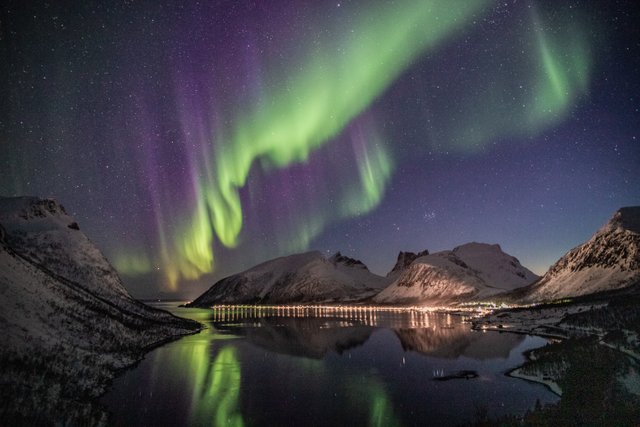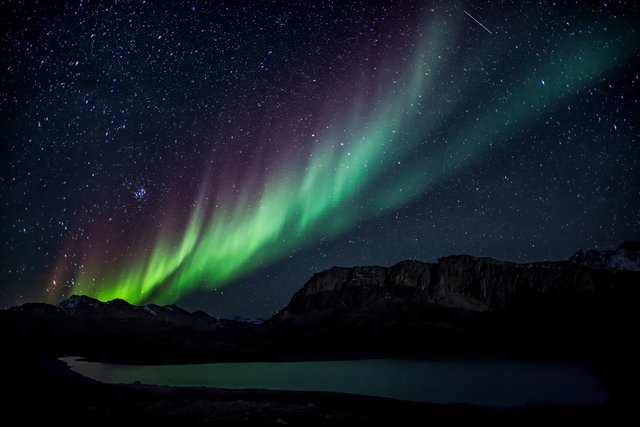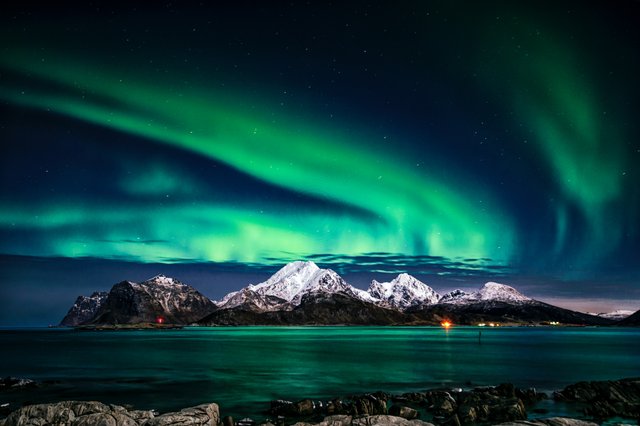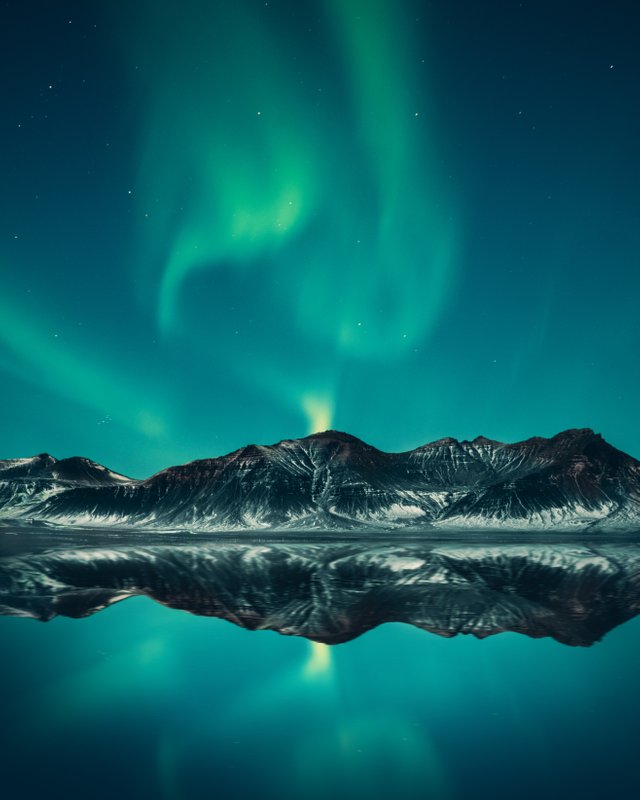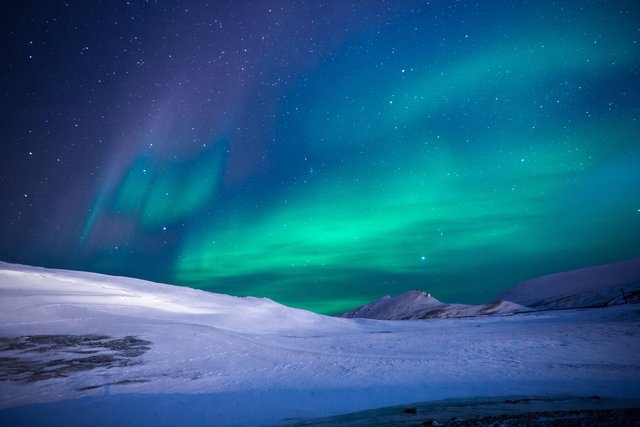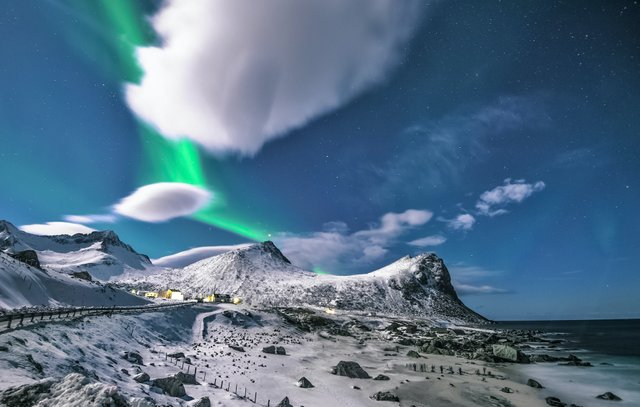Aurora phenomena
Definition: associate aurora may be a phenomenon that is characterized by a show of a natural-coloured (green, red, yellow or white) light within the sky. it's a light-weight show which is caused once electrically-charged particles from the sun impinge on particles from gases reminiscent of O and chemical element gift in the Earth’s atmosphere.
Description: Aurora is typically observed as ‘polar light’. it's preponderantly seen in the regions of high altitudes just like the Arctic and associatetarctic. An aurora is caused by the streams of electrified particles (which are emitted by the sun) unfree in the magnetic field of the earth. it's made once this flux is disturbed by the solar radiation carrying the charged particles. Auroras are seen in latitudes of around seventy degrees. they often occur during a band called ‘auroral zone’. The auroral zone is three to six degrees wide in latitude. It lies between ten and twenty degrees from the geomagnetic poles. this is often be} visible quite clearly throughout the night. Auroras can generally be seen at latitudes below the particular auroral zone. Auroras can seem in numerous forms like streamers, patches, arcs, scattered lightweight, subtle light and so forth The brightest and the most distinctive of all types of auroras are those that are curtain-like within the form of associate arc, extending in the east-west direction. This natural lightweight result is thought as ‘aurora borealis’ in northern altitudes, whereas the effect in the southern latitudes is called ‘aurora australis’. (Auroras that occur in hemisphere are known as northern lights and auroras that happen in hemisphere are known as southern lights.) northern lights is additionally known as ‘Northern lights’. Similarly, aurora australis is also known as ‘Southern lights’.
